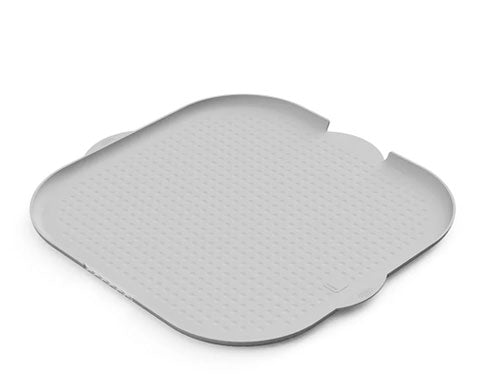Litter Boxes

Modkat Flip
Front-Entry Litter Box

Modkat XL
Front/Top-Entry Litter Box

Modkat
Top-Entry Litter Box

Modkat Tray
Open Litter Box
Bundles
Essentials

Litter Keeper
Two colors

Litter Mats
Multiple styles, colors & sizes

Tidy-Up Kit
Scoop holder & dustpan

Lounge + Play
Scratchers & toys
Refills
Add description, images, menus and links to your mega menu
A column with no settings can be used as a spacer
Link to your collections, sales and even external links
Add up to five columns
Add description, images, menus and links to your mega menu
A column with no settings can be used as a spacer
Link to your collections, sales and even external links
Add up to five columns
What does catnip do to cats?

Photo: Andrew Marttila
Discover the Power of Catnip: A Herbal Treat Your Feline Friend Will Love!
How does it affect cats?
Catnip can affect felines in two ways: through inhalation or ingestion. If your cat is sensitive to the chemical compound in catnip, called nepetalactone, he will likely rub against and chew on the plant to release its aroma. This can cause your cat to become stimulated or sedated, depending on how he reacts to the compound. You can give your cat a catnip toy to watch him roll around on it, salivate, and meow. Some cats can become quite excited after just one whiff of the herb and eventually crash after the effects wear off. The “high” typically lasts for about 10 minutes. To prevent your cat from becoming desensitized to the herb, wait at least two hours before offering it again to allow him to “reset.”
Is catnip safe?
While catnip is safe for cats to eat, too much of a good thing can cause vomiting and diarrhea. If that happens to your cat, keep the lovely stash put away for a while until your kitty feels better. The herb is not addictive and produces no ill side-effects unless your cat eats too much of it and responds negatively. Plus, catnip is relatively inexpensive, making it a special treat you can dispense guilt-free once a week if you so choose.
Clever ways to use catnip:
- You can refresh old cat toys by simply rubbing catnip all over the surface of the object and reigniting your cat’s interest in the old toy. You can buy catnip spray that works effectively as well for reviving old toys.
- If your cat is scratching surfaces—like sofas or chairs—that aren’t acceptable to you, try rubbing some catnip on his scratching post to redirect him to the more appropriate place for stretching and scratching.
- Use the herb to encourage a shy feline to play. A cat that tends to hide because she’s timid might benefit from a catnip toy you can use to coax her out of her hiding place and induce her to play.
- Stimulate an older cat to exercise by filling an old sock with catnip and tossing it for some interactive fun.
- If your cat is stressed out after a trip to the vet, reward him with a catnip treat to help him settle. If you’re transporting your kitty in a carrier, a catnip toy might also keep him distracted through the bumps and turns.
- If you’ve purchased catnip for your cat for the first time and discover he’s unaffected by the herb, you could always prepare a cup of catnip tea for yourself. For humans, the herb, when brewed, offers similar effects to chamomile tea. If you can’t calm your cat, at least you can enjoy a few minutes of serenity yourself. In humans, catnip can also relieve anxiety, headaches and insomnia.
Did you know that not all cats react to catnip?
“It looks nicer than any other hooded or open option we considered.”

Categories
Meow from Brooklyn.
Sign up and get early access to product drops, exclusive offers, and the occasional cat meme.
Similar products related to this blog:

"It looks nicer than any other hooded or open option we considered."


"This litter box keeps everything in, nothing gets out the sides."

"My beautiful ragdoll cat and I both love the new Modkat Litter tray!"











